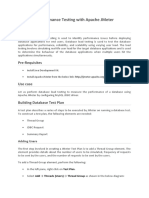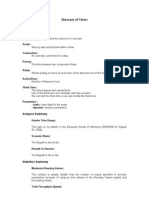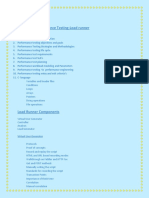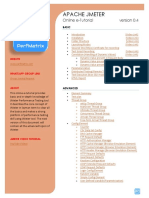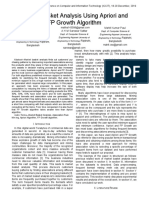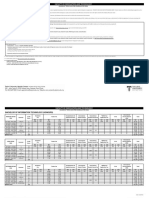0% found this document useful (0 votes)
67 views2 pagesJMeter
This document discusses different types of performance tests: performance tests establish baseline performance, load tests test under maximum expected load, and stress tests attempt to overwhelm resources. It also describes components of a test plan like thread groups and samplers. Test results can be viewed in the Results Tree, Aggregate Report, and Graphs. The Aggregate Report shows metrics like samples, average response time, throughput and error rates. Graphs show deviation and throughput over time to identify performance issues.
Uploaded by
Rajveer SinghCopyright
© © All Rights Reserved
We take content rights seriously. If you suspect this is your content, claim it here.
Available Formats
Download as TXT, PDF, TXT or read online on Scribd
0% found this document useful (0 votes)
67 views2 pagesJMeter
This document discusses different types of performance tests: performance tests establish baseline performance, load tests test under maximum expected load, and stress tests attempt to overwhelm resources. It also describes components of a test plan like thread groups and samplers. Test results can be viewed in the Results Tree, Aggregate Report, and Graphs. The Aggregate Report shows metrics like samples, average response time, throughput and error rates. Graphs show deviation and throughput over time to identify performance issues.
Uploaded by
Rajveer SinghCopyright
© © All Rights Reserved
We take content rights seriously. If you suspect this is your content, claim it here.
Available Formats
Download as TXT, PDF, TXT or read online on Scribd
/ 2


